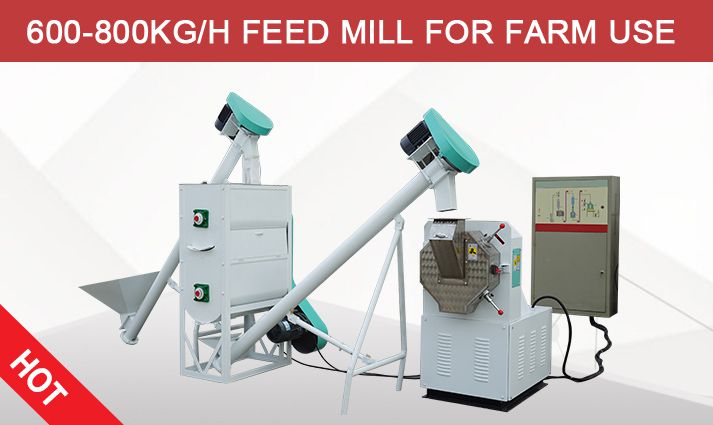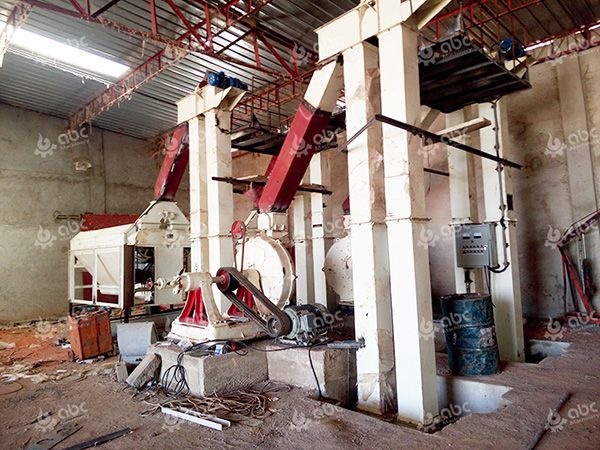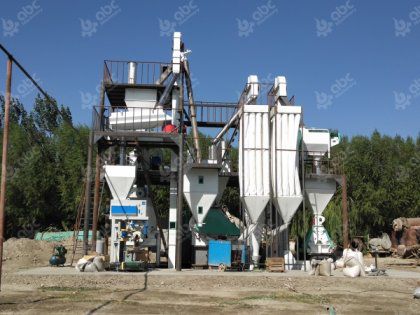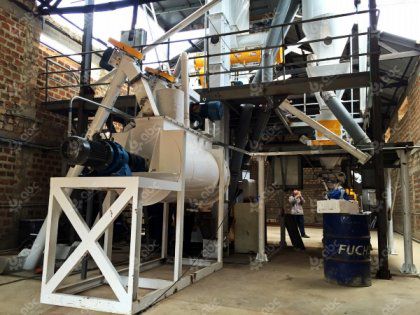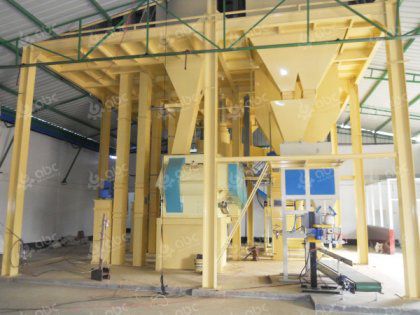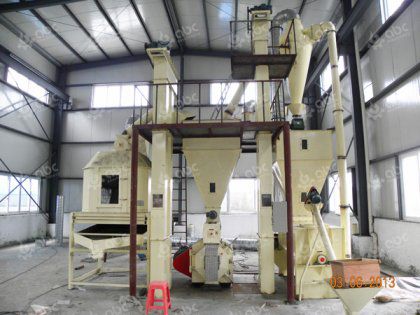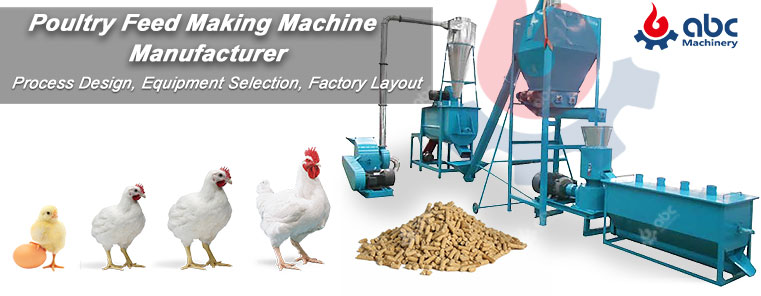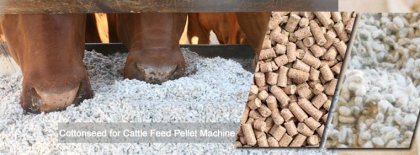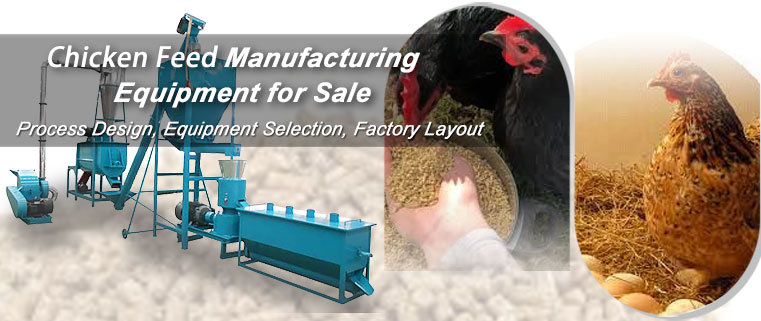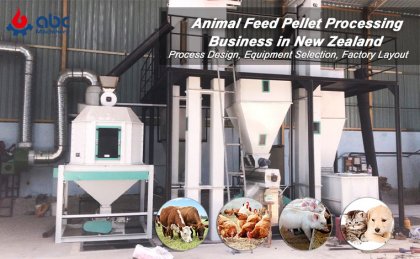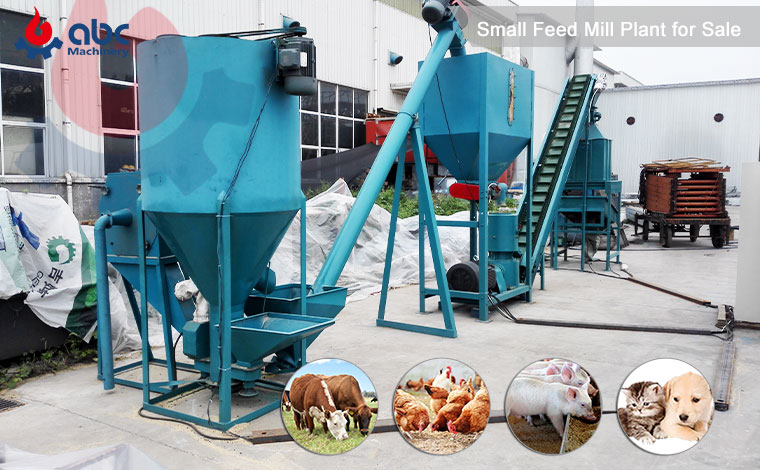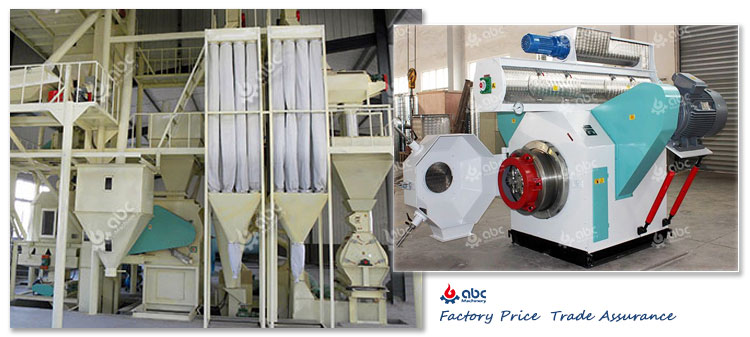As the feed industry delves deeper into research, more and more researchers and manufacturers are focusing not only on the quality and formulation of feed ingredients, but also on feed processing technology to improve the quality of feed. This is because livestock and poultry feed processing technology can control the hardness of pellet feeds.

Animal Feed Pellets Making Machine Investment Business
Hardness is an important indicator of the quality of the appearance of pelleted feeds and can have an impact on animal intake, growth indicators and production performance. The experts at ABC Machinery recommend that before buying a pellet production plant you need to know the range of hardness required for your animal feed. this next article will show you what factors affect the hardness of feed pellets and provide you with the information you need to make your own feed pellet production business.
What are the factors that affect the hardness of animal feed pellets?
In the overall feed processing technology, apart from feed formulation, the main factors that can influence the hardness of pellet feed are the crushing, puffing, processing, steam conditioning, pelleting, post-curing and drying and cooling of feed ingredients.

A Cost-effective Investment: Buy Ring Die Feed Pellets Machinery
-
Crushing of raw materials for animal feed
The fineness of the crushed feed ingredients plays a decisive role in the hardness of the pelleted feed. Generally speaking, the smaller the particle size of the crushed feed, the higher the degree of starch pasting, which ensures a stronger bond between the feed ingredients. As a result, the feed pellets will have the ideal hardness and will not be easily damaged.
-
Puffed animal feed ingredients
Puffed feed ingredients have the following benefits: destruction of anti-nutritional factors, sterilization, elimination of harmful substances, protein denaturation, starch pasting, etc. Dextrinized starch has a great influence on the hardness of pellet feed. Nowadays, puffed raw materials are mainly used for piglet feed and aquatic animal feed. Although puffed raw materials have many excellent qualities, adding too much will lead to feed hardness too hard, and adding too little can not reflect the characteristics of puffed raw materials, so the amount of puffed raw materials need to be added in the right amount to achieve its effect.
-
Mixing and modulation of animal feed ingredients
Mixing of feed ingredients enhances the uniform distribution of different ingredients and ensures that the hardness of feed pellets is basically the same. Adding grease in the feed mixer is a common means to achieve the nutritional requirements of animals, and when 3% to 4% grease is added, it has a significant effect on reducing the feed hardness. Therefore, the amount of fat and oil added to the feed should be controlled according to different requirements.
-
Aperture and compression ratio of the ring die
| Model | BPM25 | BPM32 | BPM35 | BPM40 | BPM45 |
|---|---|---|---|---|---|
| Main motor power | 22kw | 22kw×2 | 30kw×2 | 45kw×2 | 55kw×2 |
| Capacity (t/h) | 1-2 | 2-5 | 3-7 | 4-10 | 6-15 |
| Ring die inner diameter (mm) | 250 | 320 | 350 | 400 | 450 |
| Feeder power (kw) | 0.75 | 0.75 | 0.75 | 1.5 | 1.5 |
The aperture and compression ratio of the ring die significantly affect the hardness of the feed pellets. Using different compression ratios with the same aperture increases the hardness of the pellets as the compression ratio increases, and using the right compression ratio will produce pellets with the required hardness. There are different sizes of feed pellets for different sizes of animals. To find out the ring die aperture size and compression ratio that match your feed animals, please do not hesitate to contact us!
-
Drying and cooling of animal feed pellets
Drying and cooling of feed pellets are necessary to extend their shelf life and at the same time ensure their quality. In order to ensure the quality of its nutrients and reduce the loss of nutrients, the drying temperature should preferably be controlled below 80℃, with 60℃~80℃ being the best. In the pellet hardness test, the same feed was cooled several times at different cooling times and the pellet hardness was subsequently tested. It was found that for feed pellets with lower hardness, the cooling time had less effect on their hardness; however, for feed pellets with higher hardness, the longer the cooling time was, the less the hardness of the pellets became. This may be due to the increased brittleness of the feed pellets due to the loss of water inside them, which would reduce the hardness of the feed pellets.
Video of Aniaml Feed Pellet Production Line



